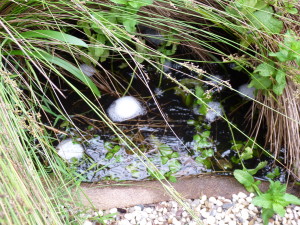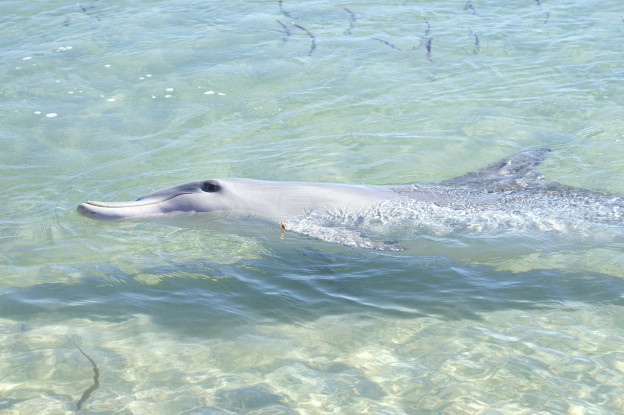Politicians have been on the nose in recent weeks, so I thought I’d descend into their seamy, steamy world to see what’s going on. I was delighted to find things are improving, because those wise Bananabenders up north, have followed the lead of their Mexican counterparts down south, and turfed out their anti-green government. How wonderful. Now, if the anti-environment federal government can be neutered, the Great Barrier Reef world heritage area – the eighth wonder of the world – can be treated with the respect it deserves, not as a dumping ground for sludge and other pollutants, or as a super seaway for mega ships carting greenhouse gases (aka coal).
However, as a former Bananabender (I couldn’t do it; too straight I guess), I can tell you that both sides of politics have sinned when it comes to being kind to Mother Nature. And just as the Libs copped a caning last Saturday, back in 1995, it was Labor’s turn. I wrote about it in ‘Safari’, during a visit to Daisy Hill Conservation Park.
‘We were back at the koala centre. It’s unusual to have a display dedicated to a single species so, not surprisingly, there is a story behind it – the ‘Great Koala Election’. The Brisbane to Gold Coast highway was a nightmare, frequently gridlocked, particularly on weekends. Premier Wayne Goss was under pressure to find a solution before the 1995 election. The government had two options – widen the existing road or build a new one. The premier chose the latter, but the proposed route carved up the most significant koala habitat in urban Australia. The community was outraged.
In the lead-up to the election, the government announced several projects – including the koala centre – to try to placate those opposing the plans, but the locals weren’t conned. Refusing to budge, Labor suffered an electoral backlash, not only losing all three seats along the proposed route but also losing office.’
What I didn’t mention in the book was that one of the three seats lost was held by Molly Robson, the popular environment minister, who had vigorously opposed the new road construction. It ended her brief political career, and the incoming government was wise enough not to build the road but to just tinker with the existing highway – and not upset the koalas and their vocal supporters.
So where are we up to with ‘Southern Cross Safari’? Well, things are progressing at the same genteel pace that has characterised the past 5 or 6 years, which is (one) of the problems with being a perfectionist. However, at any moment, the final quote for printing will make its presence known in my Inbox, and depending on what it says, will determine what happens next.
Yesterday, I tied up a book store outlet in Tuggeranong, in Canberra’s deep south, so I now have sale points in most of the city’s major centres.
But the exciting news is that a Sydney-based book distributor has offered to carry ‘Safari’ , which will open up many markets that would otherwise have been unavailable. This makes me feel more comfortable with the large print run I am contemplating, and for how long the spare bedroom won’t be available for guests!
Till next week, happy travelling.

